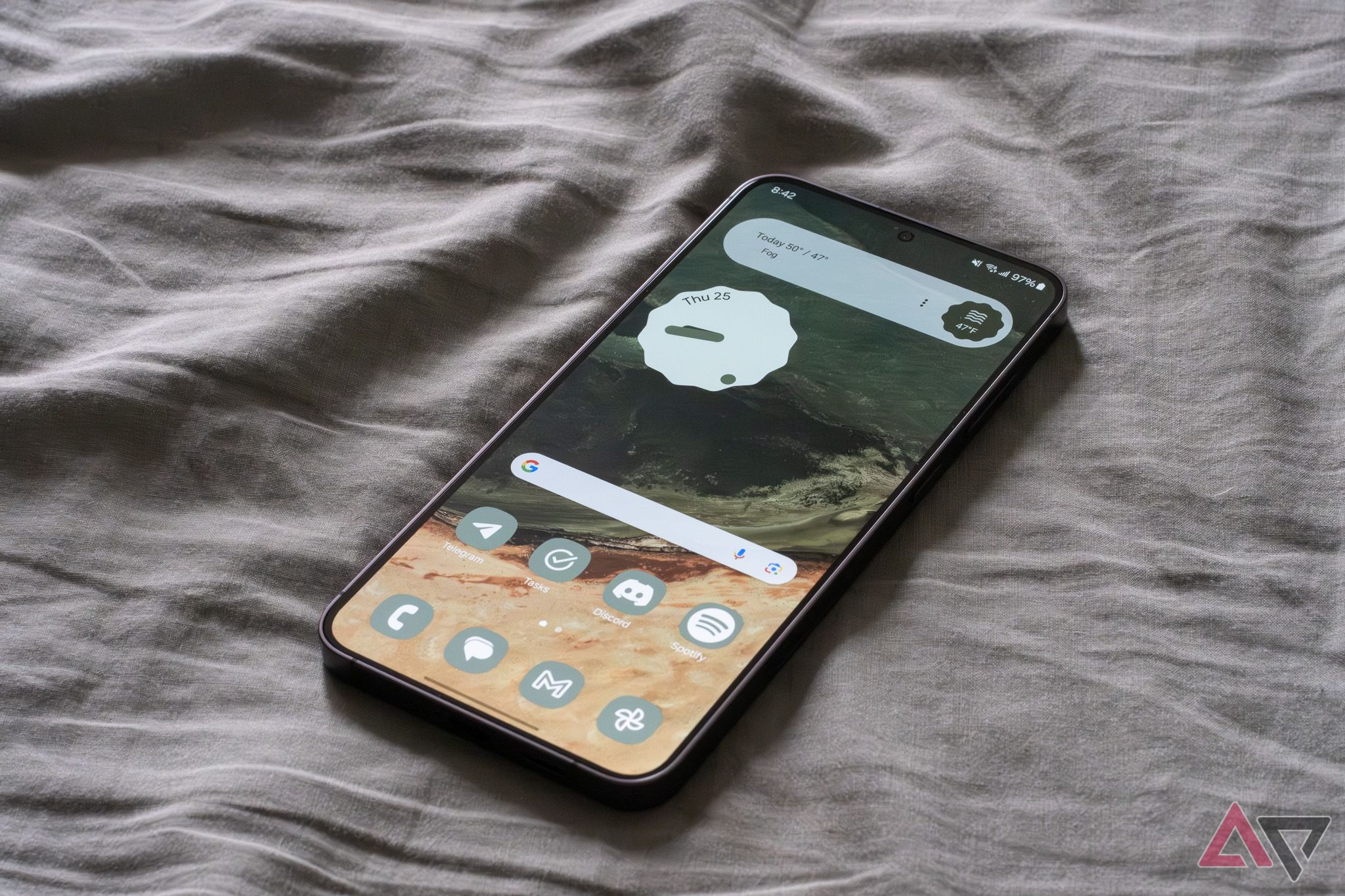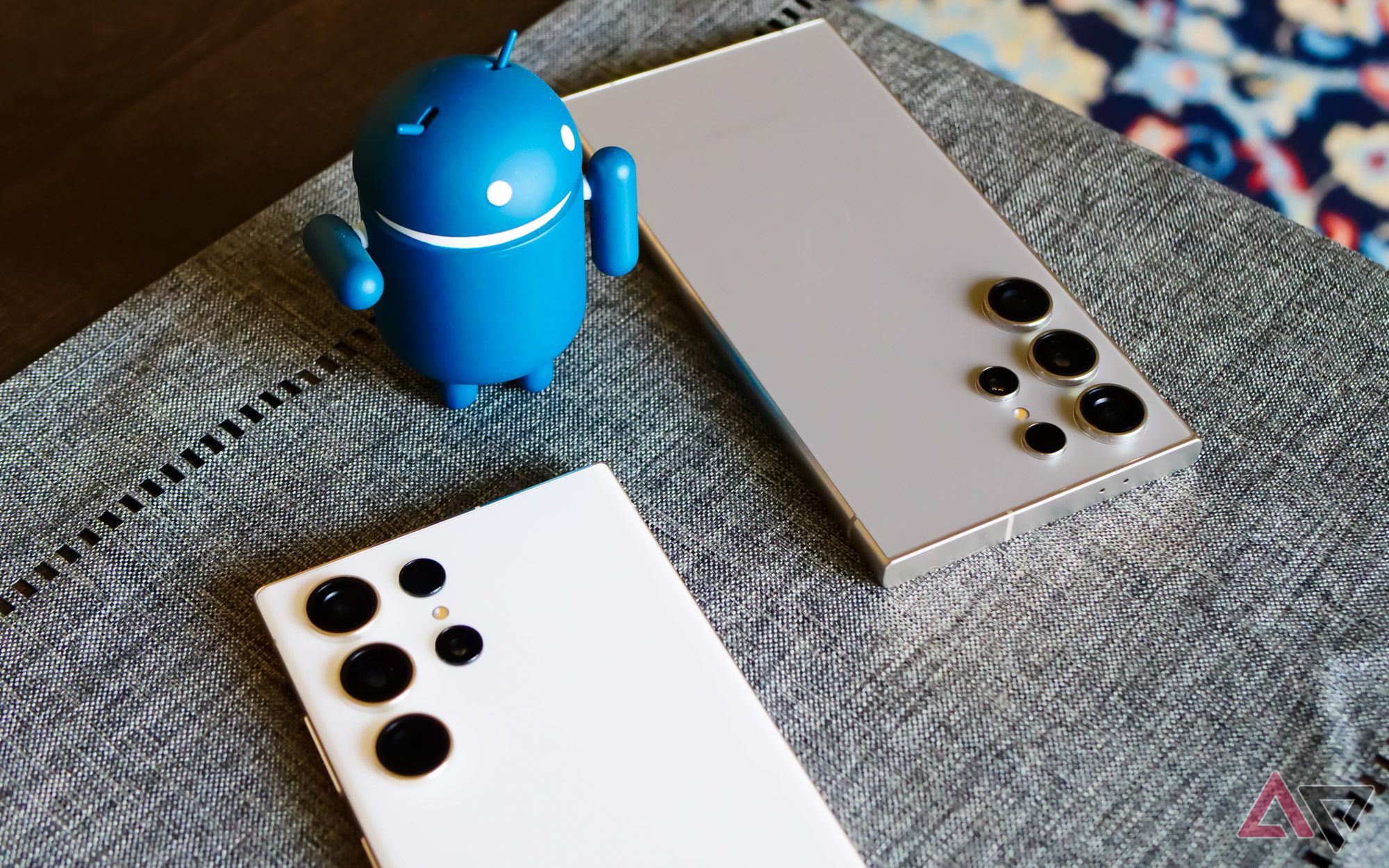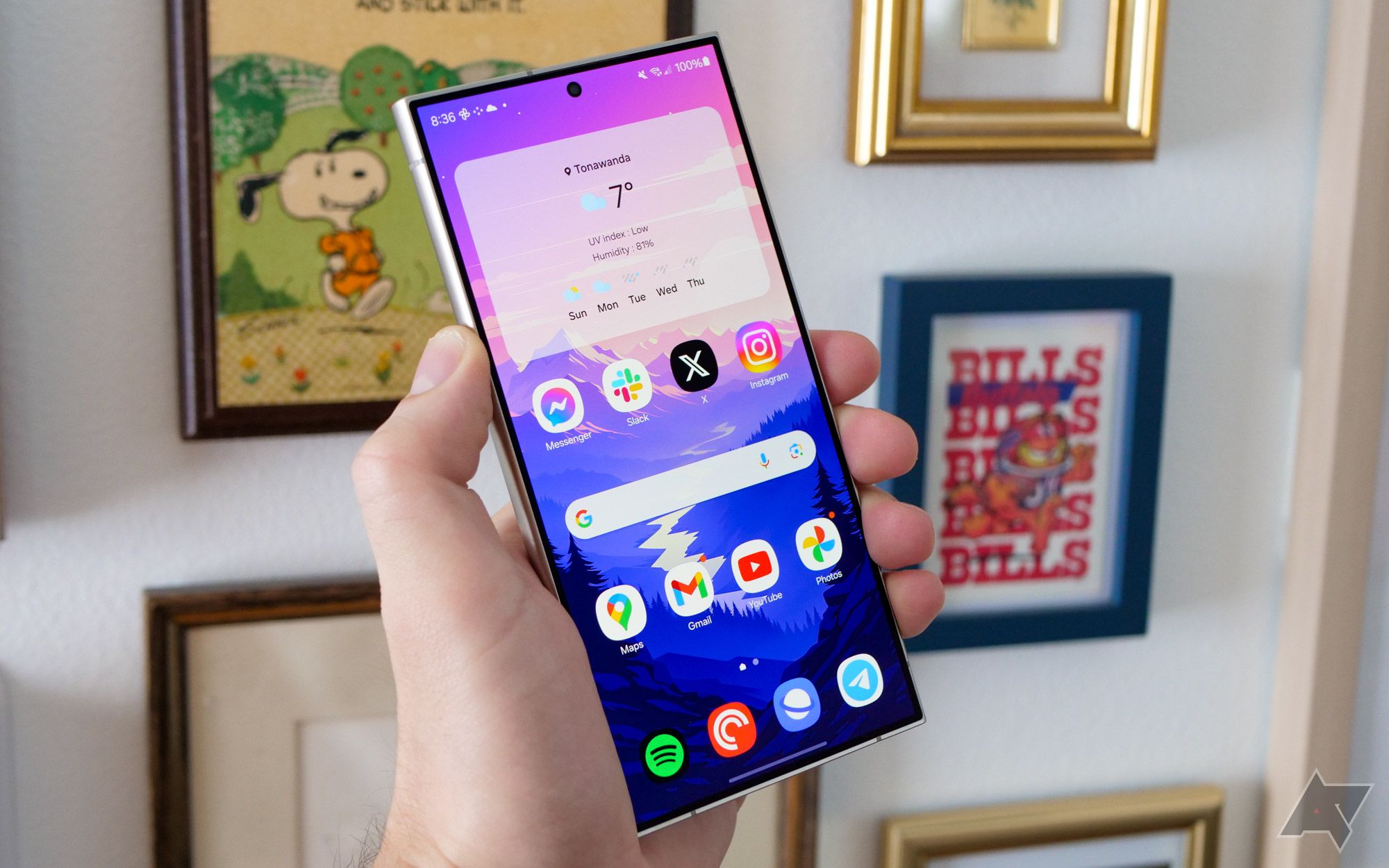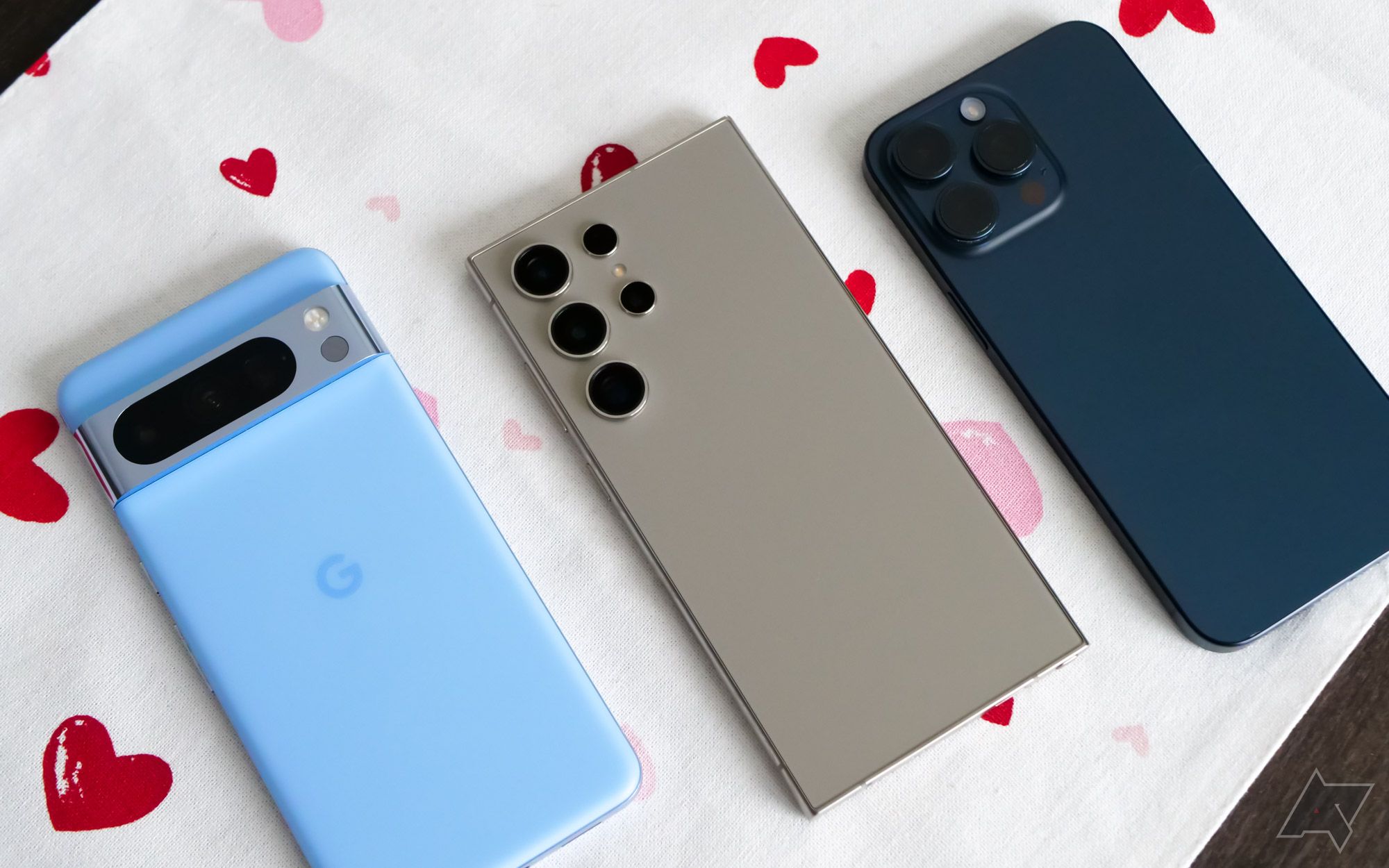The upper strata of the Android phone market seems a little stagnant lately. There are only a handful of devices at this end of the market, which is normally fine, but the premium phones from which we get to choose are painfully the same, compounding the situation. A lack of innovation is stifling customer excitement. Add sky-high prices as another pain point, and we feel that Android could use much more competition in the high-end market to liven things up.
Where’s the excitement?
Most high-end Android devices look pretty similar nowadays
Android could be exciting. The operating system is available for any OEM to power whatever crazy new ideas they come up with. Indeed, it used to be this way. Remember when Motorola and Nokia and Modu tried to make modular phones? The idea was cool. Android used to be the OS where innovation happened.
Today, it seems the high-end of Android exists solely to parrot the iPhone, by far the greatest competition to Android in places like North America and Europe. Every design is the same: a glass and metal slab with three or four cameras slapped on the back. The foldable line is a bright spot, but even those are beginning to converge, much like the similarities between the leaked Pixel Fold 2 and OnePlus Open. Nothing feels fresh anymore.
To me, the solution is simple: make Android exciting again. Manufacturers, for instance, could make high-end Android devices out of unique materials using a diverse range of bold colors. Or they could jump on the old modular idea and create customizable phones we can upgrade (and collect) piecemeal. Even limited editions could bring back some excitement, like the recent and absolutely glorious OnePlus 12R Genshin Impact phone.
Where’s the innovation?
Let’s see some real-world improvements to the hardware
Companies jumped all over AI and are pushing it into everything because it’s all they’ve got. AI is the latest buzzword, but let’s be honest, it doesn’t blow us away. We want tangible gains.
Camera advancements are slowing down. Some would even say this year’s cameras are a little worse than last year if that’s even possible. The Galaxy S24 Ultra no longer has the same extreme 10x zoom found on last year’s S23 Ultra.
Other valuable features disappeared years ago: removable storage, headphone jacks, and replaceable batteries were once standard on phones. We would love to see them come back.
There are bright spots here and there. The OnePlus 12 has a fantastic camera array thanks to the company’s partnership with Hasselblad. The Sony Xperia 5V has a headphone jack and removable storage, but we’ve learned Sony may be downgrading its 4K OLED panel to a lower-resolution display in the next release. It also doesn’t help that Asus has done the unthinkable and removed the very features that made the ROG Phone and Zenphone so unique. Originality appears to be dead as every manufacturer chases the mainstream market with incredibly dull devices.
The money problem
Prices for upper-end Android phones now match or exceed the iPhone
High-end phones are expensive, but that’s a part of what makes them high-end. However, Android’s current high-end phones don’t offer anything over the competition while often charging more. Samsung touted its circle-to-search as a great game-changer, but the rest of the phone is a snooze until you get to the new titanium, but that feels more like Samsung’s copying Apple instead of offering any kind of real innovation. Is a bit of titanium and a trend-chasing AI really worth $1300? Why can’t we get unique materials beyond the frame, where it could actually make a difference?
The problem here is the dominance of a few brands in this market segment. Samsung and Google rule the roost for the Android market in the United States. So, it would be great to see some more innovative players, such as OnePlus, gain mainstream traction.
We clearly need more players on the scene
The Samsung-Apple duopoly isn’t healthy
So many smaller phone makers have disappeared, leaving only a few behemoths in charge of the upper-end market segment. LG was a great phone maker until it exited the market in 2021. Motorola was one of the best premium phone designers in the 2010s, but it was bought and sold a few too many times, and now it’s happy to make low-end and mid-range phones.
OnePlus offers a glimmer of hope for the future of Android. The company has built a loyal fan base by offering cutting-edge phone designs at respectable prices, proving the company can compete effectively. It’s still here after a decade and a few shakeups when so many other OEMs have vanished. Perhaps high-end Androids can experience a revival if OnePlus leads the charge. Better yet, OnePlus isn’t alone. Nubia recently entered into US direct sales with the Z60 Ultra, and while the phone didn’t stand out, more competition is how we get better phones at lower prices.
Sony also shouldn’t be discounted. It hasn’t exactly hit any home runs lately, especially with its high prices (how is Sony tax still a thing). Still, the company is established, respected, and has the financial clout to become a big player if it wants. Perhaps Sony could do something Apple-esque and create an entire ecosystem around its products. The company excels with its music, movie, and gaming efforts, after all, so it’s not like the company doesn’t have the ability to read markets correctly and capitalize on them.
Android needs a shakeup
Consumers deserve better than what we currently have
The high-end Android smartphone market needs a kick in the pants. Android is a versatile and amazing platform, filled with possibilities thanks to its flexibility, yet the few dominant manufacturers are sleeping on it. These same few players give us iterative updates, not innovation, and push sky-high prices without corresponding value. We consumers looking for quality are faced with few choices regarding which glass and titanium slab we should drop $1,000 or more on every couple of years.
New challengers are the key to shaking things up. They can force a renewed focus on innovation and excitement. More importantly, they can give us the freedom to choose from among many different functions and features at prices that match.

Samsung Galaxy S24+ review: A safe bet
AI gimmicks aside, this is a very easy-to-recommend flagship
Source link





